Letter from Tiree
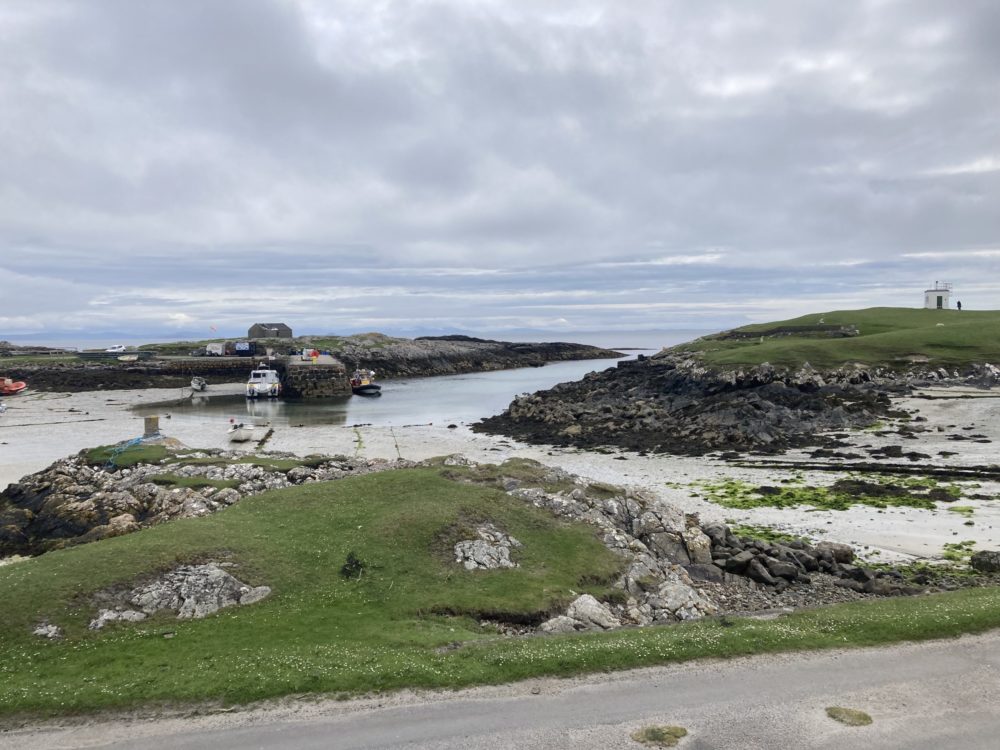
Jon Gower
At this time of year one of the most striking sounds on the Inner Hebridean island of Tiree is the calling of the corncrake.
A strident, rasping sound – present even in the bird’s Latin name ‘Crex Crex’ – the male’s territorial signal has been described as the sound of two big wooden combs being rasped against each other.
A male bird may call as many as 20,000 times a night so that by August its voice is hoarse, tired, a bit like a chain smoker’s.
But despite the insistent, electric noise it makes it’s not easy to see one.
The corncrake is a secretive species, hiding deep in foliage such as stands of cow parsley, hemlock or yellow flag iris and, if approached, simply hunkering down.
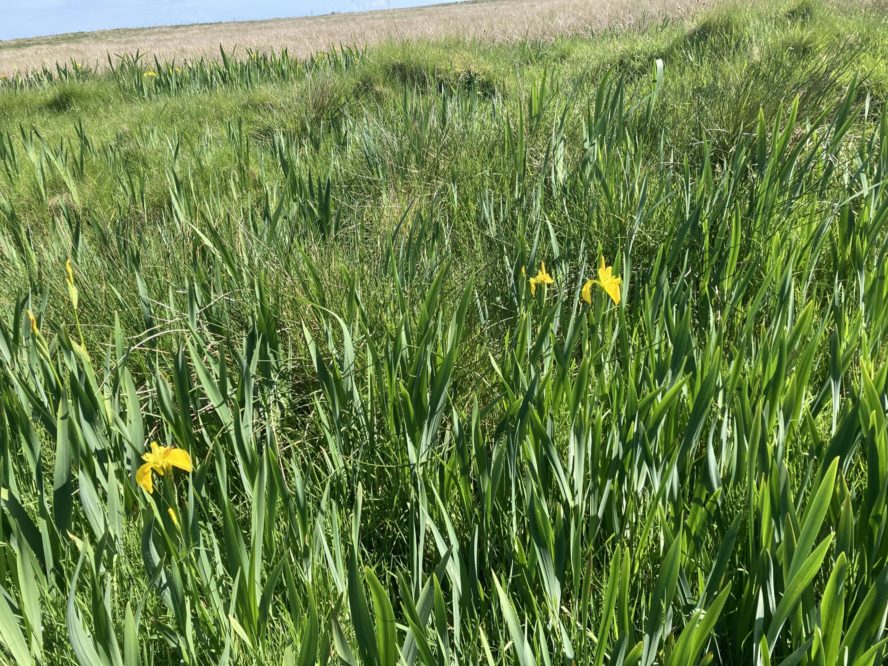
The corncrake is now one of the most endangered breeding species in Europe so Tiree and its sister island Coll are crucial sites for its survival, and together constitute what might be considered Corncrake Central in UK terms.
Here in the Inner Hebrides the population has consolidated. What’s surprising is the accelerated speed of loss elsewhere.
The corncrake, rhegen yr ŷd, was swiftly lost in the 20th century as a breeding species in Wales, as farming practices changed and intensified.
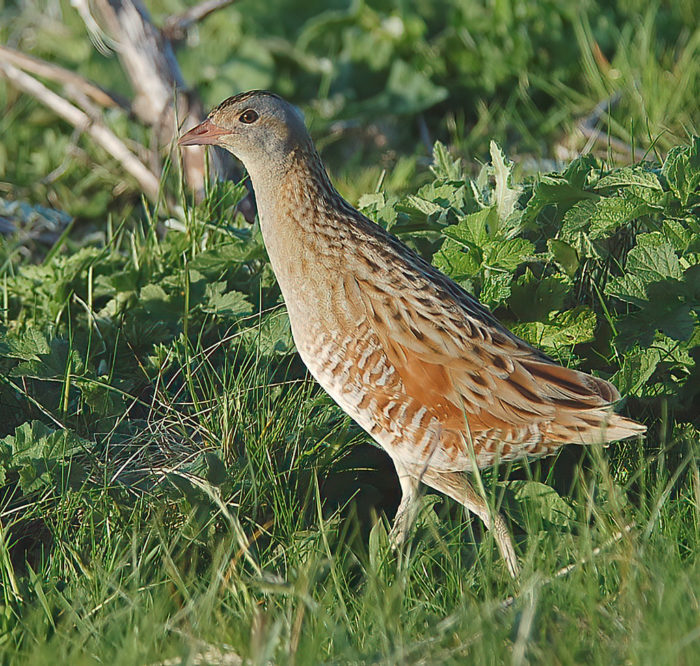
It was already a rare bird in south Wales by the late 1930s while it clung on elsewhere.
North Wales was its stronghold, if a tentative one. On Llŷn in the early 1900s it was reckoned that ‘Almost every field has a pair in it. Extremely abundant.’
But it had gone as a breeding bird by the 1990s.
From abundance to absence in less than a century. The story was repeated in other Welsh counties as the bird became extinct in places it had once been commonplace.
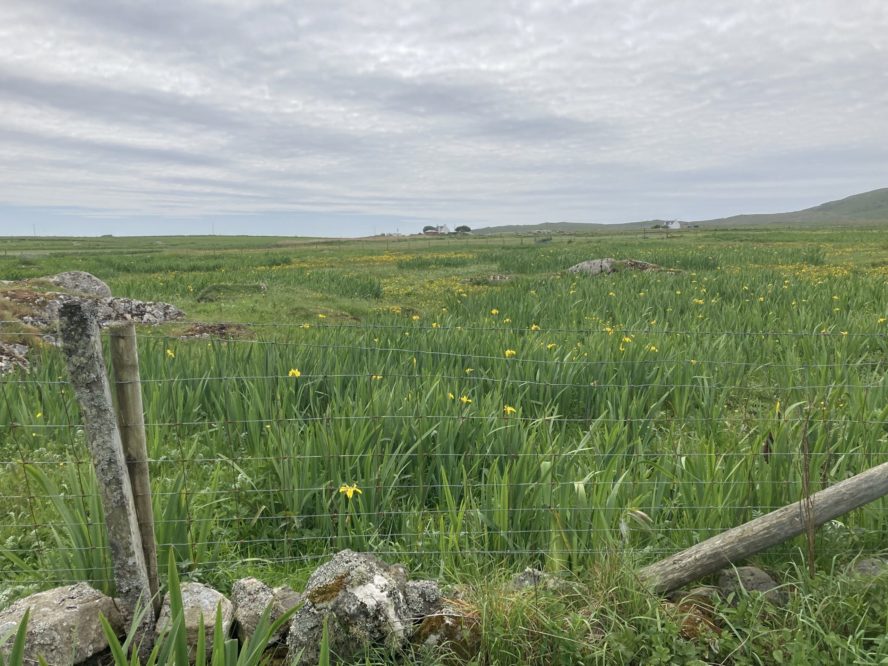
So it is salutary to visit a place such as Tiree where the corncrake is so much a part of life, helped by crofters not mowing until the birds have had their second brood, backed by agri-environmental schemes which compensate them for doing so, all coupled with the work of the RSPB.
It’s estimated that there are 300-400 calling males on Tiree, which underlines its importance as a breeding location.
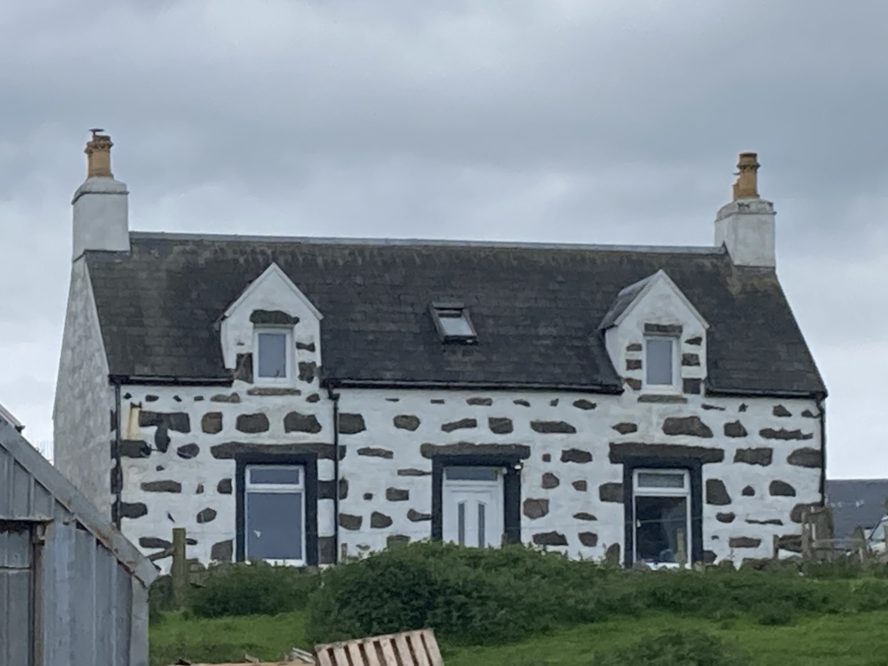
Tiree, a mantric name from the shipping forecast, is very low lying, with much of the island made up of beach and blown sand and much of the land being a mere 25 feet above sea-level.
It’s also very windy, so much so that a fat man such as myself was almost pushed over by a generous gust.
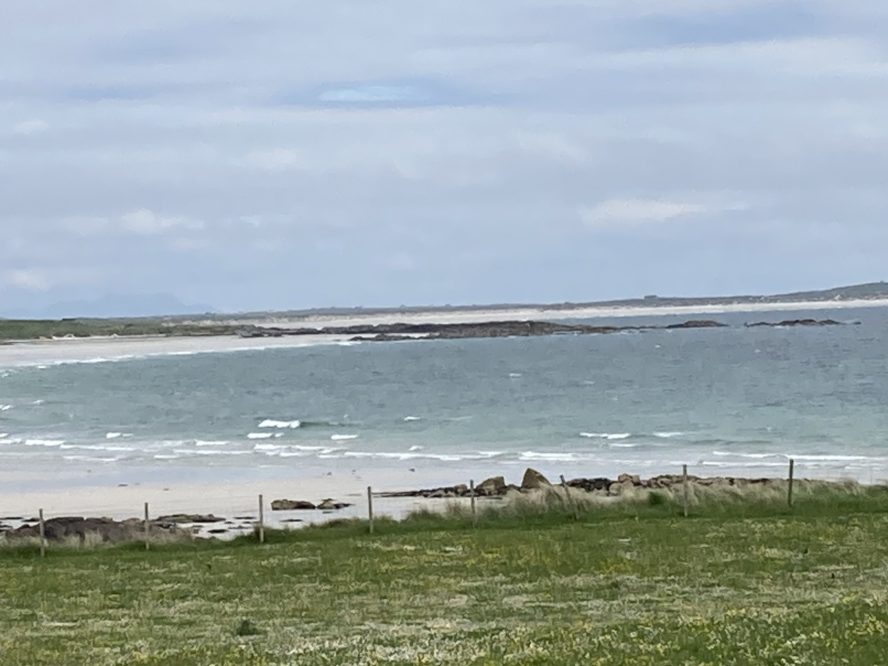
But all that wind, along with an abundance of beaches has made it a veritable mecca for surfers, drawn here by the dependable curls and breakers.
As this, the most westerly of the Inner Hebrides is also blessed by many days of sunshine it’s been dubbed the “Hawaii of the North” although imagining sun umbrellas and pina coladas seems a bit of a stretch on a May day when you have to wrap up warm.
But nevertheless, the island does attract windsurfers and surfers in their legions.

One of those drawn here is Bea Ireland, a very dedicated surfer from Gorslas in Carmarthenshire.
The 23-year-old bioscience graduate is working the tourist season at the marvellously appointed Scairinish Beach Hotel and spending her days off on the beach.
It’s a lovely coincidence that her place of work is actually on a beach, with views over the picture postcard perfect old harbour at Scarinish and its box-shaped lighthouse perched on a small headland.
Here mixed flocks of terns – common, arctic and little terns corkscrew and twist-plunge into the water as they fish, while a male eider duck, despite the ruckus of the so-called sea swallows overhead, sleeps soundly on a duvet of seaweed.
It was a combination of crystal-clear seawater and great surfing opportunities that drew Bea here: ‘Honestly, I’ve never seen water so clear and sand so white. I’ve travelled to a fair few places – Indonesia, El Salvador, Nicaragua and northern Spain and this is by far the clearest water.’

Bea is always chasing waves on her travels as it allows her to visit beautiful places such as the Hebrides and meet like-minded people.
It was her father, Jeff, who introduced her as a teenager to the joys surfing. He and his wife Nerys kept the Red Lion pub in Llannon, which was within easy reach of the beaches of Gower and those of Pembrokeshire.
Here on Tiree the surfing is excellent as Bea explains: ‘There’s nothing blocking the island, so it picks up the swell from the North Atlantic system which gives you great surfing on westerly beaches such as those at Balephuil Bay and Balephetrish.’
When Bea’s surfing she feels grounded: ‘These days we don’t live in the moment – we’re on our phones or playing video games. But when I’m surfing I don’t think of anything else. I live in the moment and that’s important to me.’
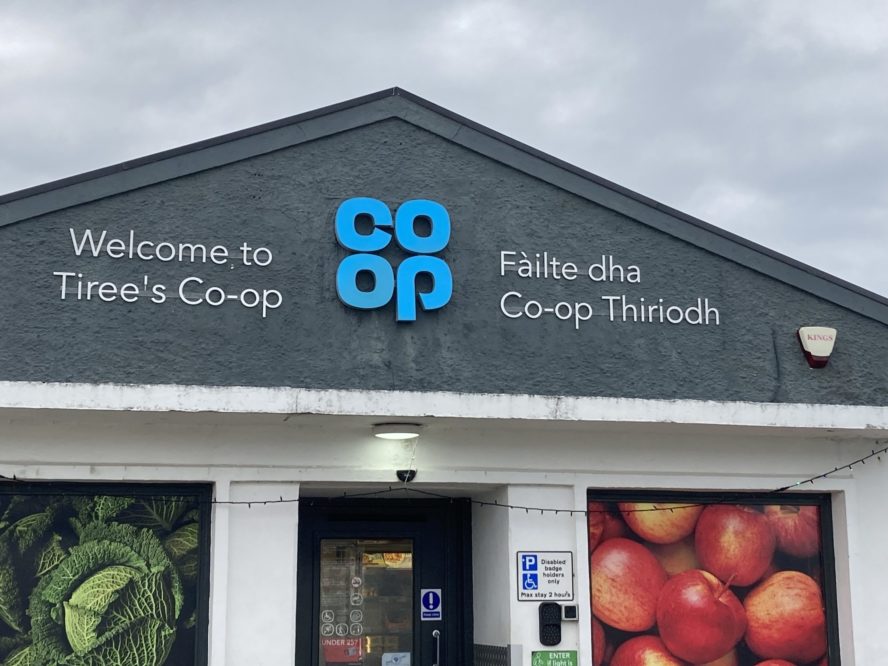
Another part of Tiree’s attraction for Bea, a Welsh-speaker educated at Ysgol Llannon and Ysgol Gyfun Maes y Gwendraeth in Cefneithin, was the Scots Gaelic language and the culture more generally.
Many of the speakers here are elderly and some 40% of the homes on the island are second homes so comparisons with Wales are easy to make.
Bea certainly thinks a shared Celtic history and awareness of language help deepen a sense of place.
Which makes a lot of sense when you realise Tiree derives from the Gaelic for ‘land of barley’ referring to the days when it supplied grain to the holy island of Iona.
This fertile fact is enshrined in the recently designed island banner, which shows a sheaf of barley set against a bright green background.

Given the strength of the winds here it’s a flag that is almost always flying proudly just as certainly as the determined corncrake calls all the night long.
Support our Nation today
For the price of a cup of coffee a month you can help us create an independent, not-for-profit, national news service for the people of Wales, by the people of Wales.






